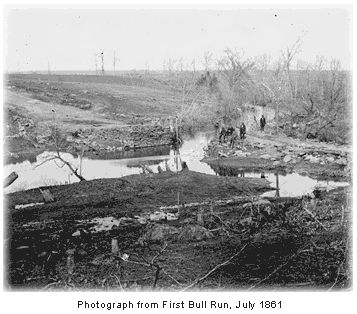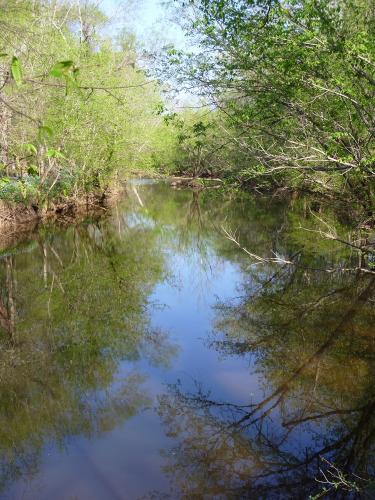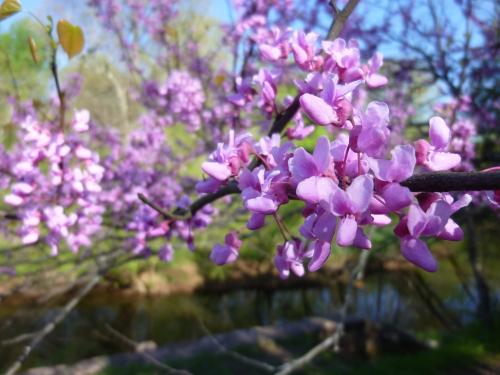Jay Markanich's Blog
Bull Run Creek, Manassas Battlefield Park
In the summer of 1861, as the Civil War was beginning, both the South and the Union were confident that each would win a quick victory. Anticipating a long war, General Winfield Scott had proposed what he called the Anaconda Plan, which had three objectives:
1. To surround the south, blockading its ports and starving it for supplies it could not produce for itself.
2. Send forces up and down the Mississippi River to split the enemy and occupy strategic cities.
3. Capture Richmond.
Scott envisioned a great anaconda snake surrounding and slowly squeezing the South into submission and defeat. This would have required a draft with the understanding that troops would be in the army for a long term.
President Lincoln rejected the plan in favor of 90-day enlistments to be gotten from state militias. While optimistic, the South was equally optimistic, thinking the war would be over by the fall. Lincoln called up General Irvin McDowell and sent him with an army of 30,000 inexperienced troops to march directly on and capture the South's capital city of Richmond, Virginia.
Their first stop - Manassas Junction, an important railroad, and therefore supply, point about 30 miles south of Washington. They went to meet General P.G.T. Beauregard and his army of 22,000 men. At the same time, General Robert Patterson was given the task of keeping southern General Joseph E. Johnston's Confederates trapped in the Shenandoah Valley. He eluded Patterson by loading his men onto eastbound trains, headed for Manassas Junction.

The first major battle of the Civil War occurred on July 21, 1861 near a creek called Bull Run, about 30 miles south of Washington. The Union forces charged many times, finally breaking through the opposition. The Confederate troops, hiding in the woods, were motivated by the leadership of Virginia Colonel Thomas J. Jackson who stood like a “stone wall,” in the midst of enemy fire. The Union troops could hear trains arrive, and Johnston's troops disembarked, organized and charged the Union lines. This broke the Northern army, which fled south and then east over the small stone bridge. The road leading to the bridge, and the bridge itself, was clogged with a busy, angry traffic jam composed of troops, and, interestingly, newspapermen, politicians and even picnicking families who had all come to take in an afternoon watching the war!
The Battle of Bull Run* sent a quick message to the north that the war would be a long and bloody one. The Southerners on the other hand were overjoyed, believing that their hopes of a quick victory and freedom from the North would soon be reality.

This photo of Bull Run Creek was taken in April 2010 by Jay Markanich. It shows the hook in the creek which can be seen in the black and white photo just over the head of the furthest person on the right. It is calm and beautiful, nothing like the scene during that first, and later second, battle occurring there. It is a long creek and troops from both sides used it at many points to wash their wounds.

Wonderfully, this lovely, fruitless, plum tree is growing naturally right beside the Stone Bridge. Many such trees, and natural flowers, grow all along the creek now. The beauty is quite the contrast to what must have been a noisy and frightful scene during the war.
*Union forces tended to refer to battle sites in terms of the nearest body of water. Bull Run was the name of the creek nearby. Confederates generally used the names of nearby communities to name battles. Manassas Junction was a small railroad junction, and the South referred to the battles there as First and Second Manassas.
